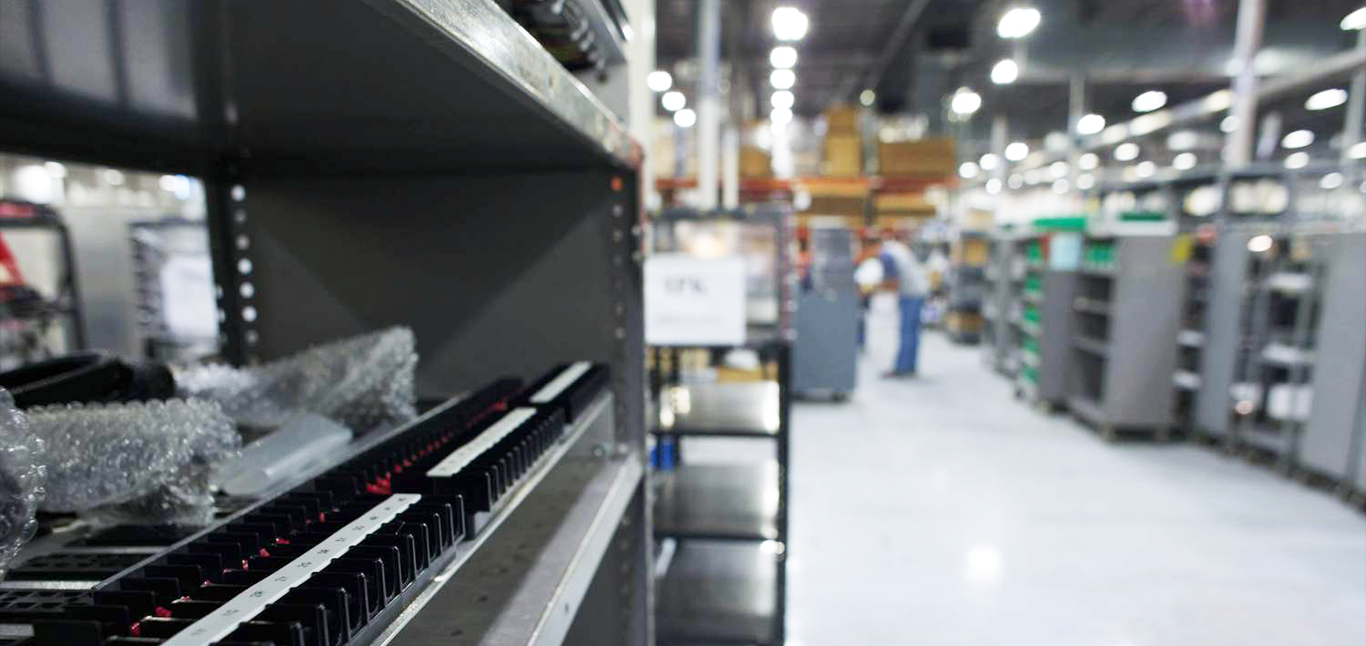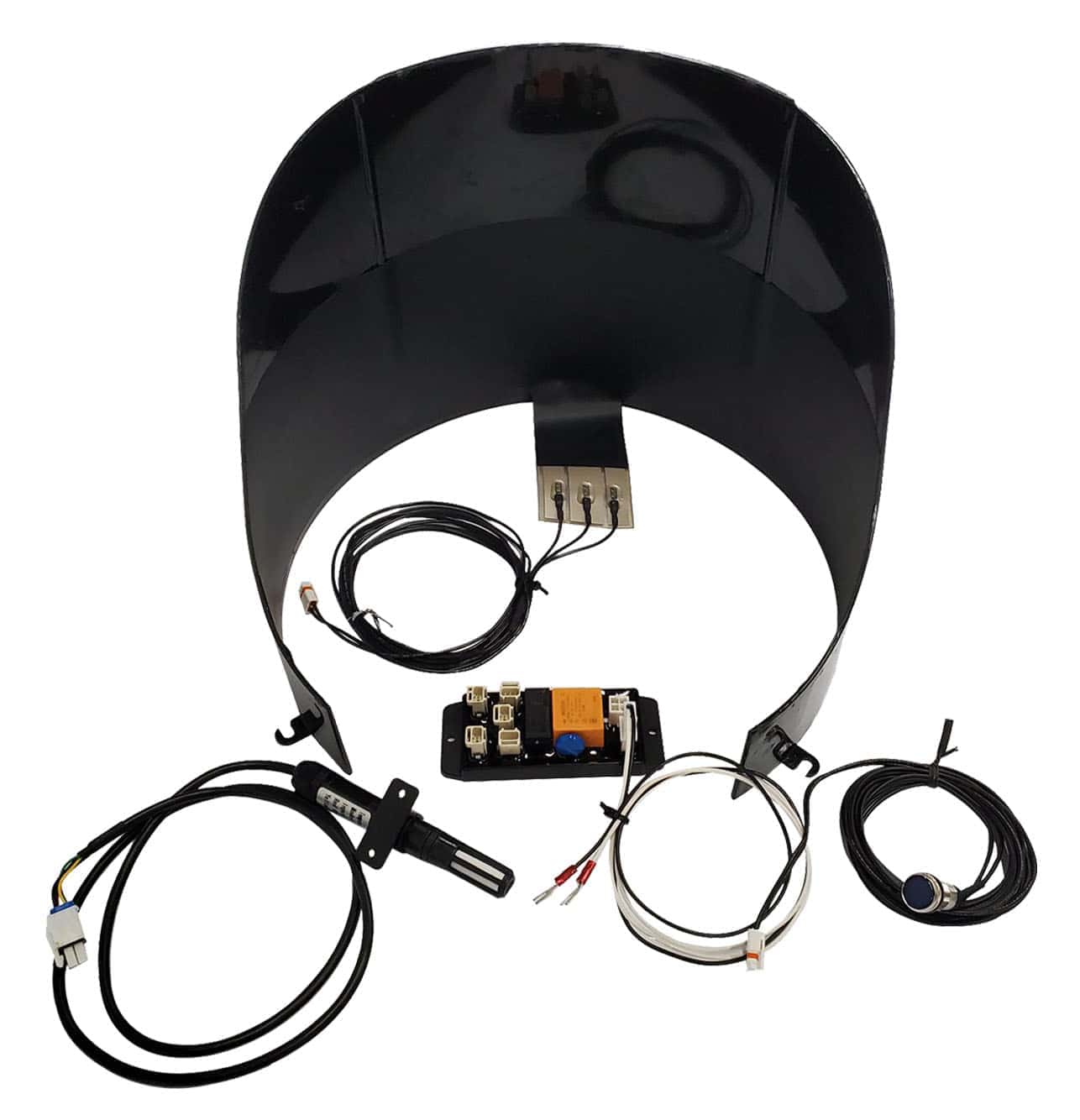Eagle Defender Signal Lights Heated Visor Leave Snow Buildup in the Rearview Mirror
The innovative Eagle Defender is the best defense against snow collecting on traffic signal light lenses. Engineered to improve driver safety, Eagle Defender signal lights heated visor melts snow as it collects—even during the worst snowstorms—so motorists can see if it’s safe to pass through intersections.
An ultra-efficient, positive temperature coefficient (PTC) heating element keeps the Eagle Defender visor warm in snow conditions. The PTC technology is extremely durable and reliable and heats up quickly to eliminate the chance of snow buildup on the LED. There’s constant temperature on every point of the heater and it will never rise above a safe temperature with the self-limiting measures.
Self-regulating signal lights heated visor named the 2021 Coolest Things Made in Illinois
The old traffic lights generated lots of heat as a by-product of their inefficiency, while new LED lights need a little help to stay visible in snowy weather. The self-regulating traffic signal heater uses conductive particles to heat traffic signal visors only when necessary, efficiently providing the visibility needed for traffic to move safely.
Eagle Defender Specifications
- Flexible heater on inside of visor
- Control module in signal can control up to 5 heaters
- Temperature and humidity probe mounted outside of signal determines if snow is present
- Power uses extra unused wire from signal cable
- Available on new signals or as a retrofit kit
Eagle Defender Control Module
- Module designed to fit on existing terminal block mounting holes.
- Each visor connects independently to the control module. Five visors can hook into a single module and are controlled independently.
- Module has a single connection to 120V.
- Cascade functionality allows heater operation to reduce power consumption. By intermittently powering the five heater outputs, the module ensures heat supply to all visors while reducing power consumption by up to 60%.
Temperature/Humidity Probe
- Probe mounted somewhere on the outside of the signal.
- Module settings to operate the heaters during typical snowing conditions – below 35.6° F and above 75% RH.




